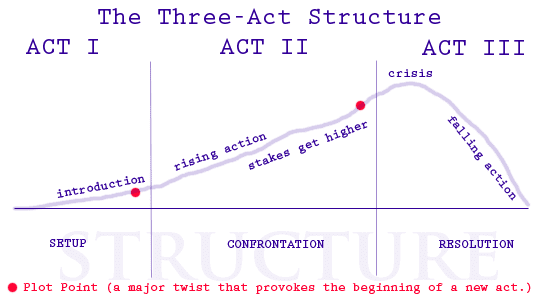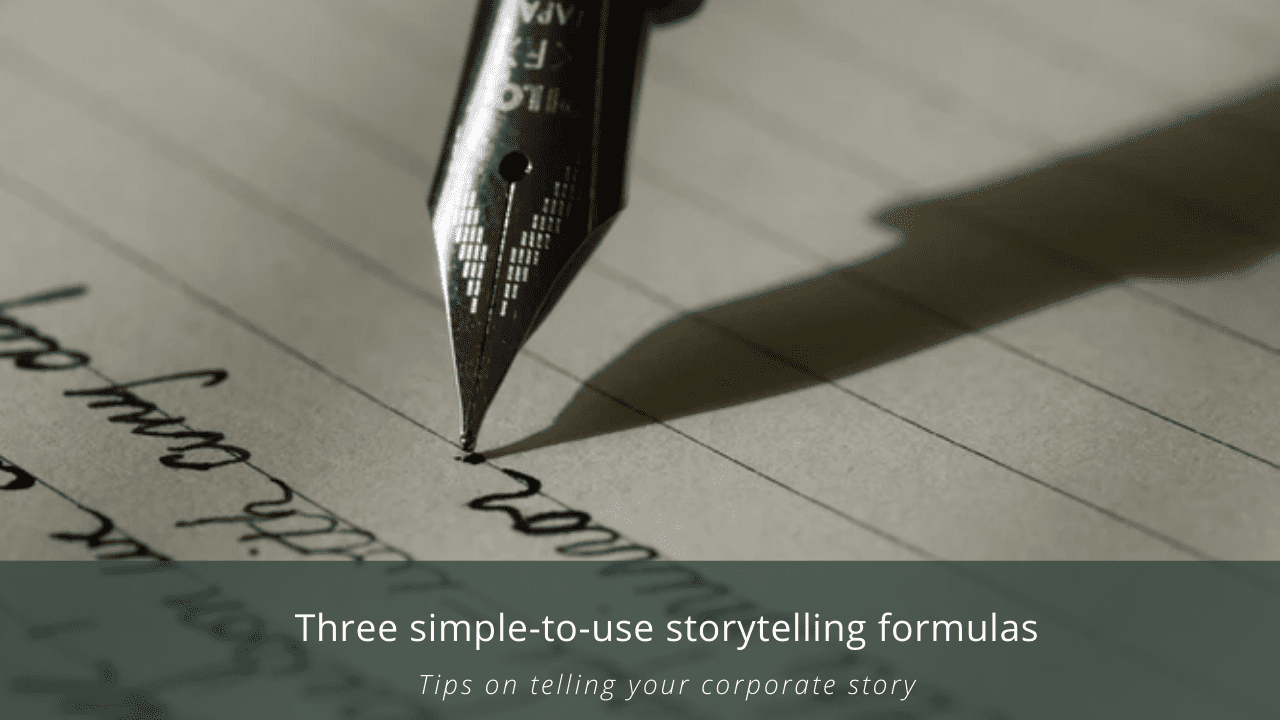Last night, I went to watch a local theatre production and I happened to be introduced to someone from the tech industry who attended the same show as well. He worked in a robotics start-up in the USA and told me how he wished he and his start-up colleagues were like the actors on stage. I wasn’t sure what he meant by that so I probed further. He said, well, all we do is code, we want to be able to tell stories like them but we don’t know how.
It’s strange to say that one is unable to tell a story. After all, storytelling is a unique characteristic and habit of the human race. It is within our nature to communicate via stories. In the depths of human history, we see countless examples of our ancestors doing so via visual mediums, written words or oral traditions. For our ancestors, storytelling had an evolutionary advantage in terms of group cohesion or passing on crucial information for survival. In the modern age, storytelling has the advantage of audience engagement as well. Stories make a brand more relatable, more memorable and more human.
Therein lies the fundamental question: How then does one tell a corporate story? It’s simple, really.
Interested in learning how to write well? Here are 5 free courses to consider trying.
Story Structure
Look at the stories around you – Nike tells stories of doing the impossible; AirBnB tells stories of belonging anywhere in the world. Each and every one of them has a structure to their stories. This applies whether it is a website copy, a social media update or a company’s brand promise. Here are some common and easy to use examples:
1. Three-Act Structure

The Three-Act Structure is one of the oldest and most traditional form of storytelling. It is an extremely straightforward formula of:
- Setup – set the scene and introduce the characters
- Confrontation – present a problem of which tension escalates and stakes gets higher
- Resolution – the problem presented is resolved and tension thereby deescalates
Example: Light Bulb – Red Bull Commercial 2015
2. Before-After-Bridge
The Before-After-Bridge is a commonly used formula, especially in corporate copywriting because it is easy to implement as well:
- Before – Present a world where the problem exists
- After – Present a world where the problem does not exist (gasp!)
- Bridge – Present the method for one to get from Before to After
Personally, I always find this being used visually very often because of the dramatic before-after difference you can see. It has almost become the go-to formula for the dental and cleaning products industry.


Examples:
3. Problem-Agitate-Solve


The premise of Problem-Agitate-Solve is that people are more incentivised to avoid pain than to get gain and hence, it has become a commonly used formula when it comes to sales pitching.
- Problem – Introduce a real problem that your target audience relates well to
- Agitate – Intensify and dig deep into the problem and show how bad this problem is (Note: it probably gets pretty bad)
- Solve – Offer a way out of this terrible, terrible, problem with your solution
Learn how to write an engaging blog post in 30 minutes or less
Example: Sensodyne Rapid Relief Commercial
Choose the Right Story


Humans are storytelling animals so don’t deny your true nature. However, do take note to choose the right story and make a strategic storytelling choice. The storytelling structures listed above are merely guides or scaffolds for you to flesh out your messaging. At the end of the day, you need to go back to this question: What do you want to say and to whom?
Just as how actors rehearse rigorously in the theatre to tell stories, the same applies to you as a corporate storyteller. Storytelling may not be intuitive to all but it can be improved with rehearsal and practice so keep at it!
Like what you read? Contact us at [email protected] to find out how you could get a storytelling workshop for your company led by a team of experienced professional writers, authors and storytellers.
Last updated 10 June 2020.

